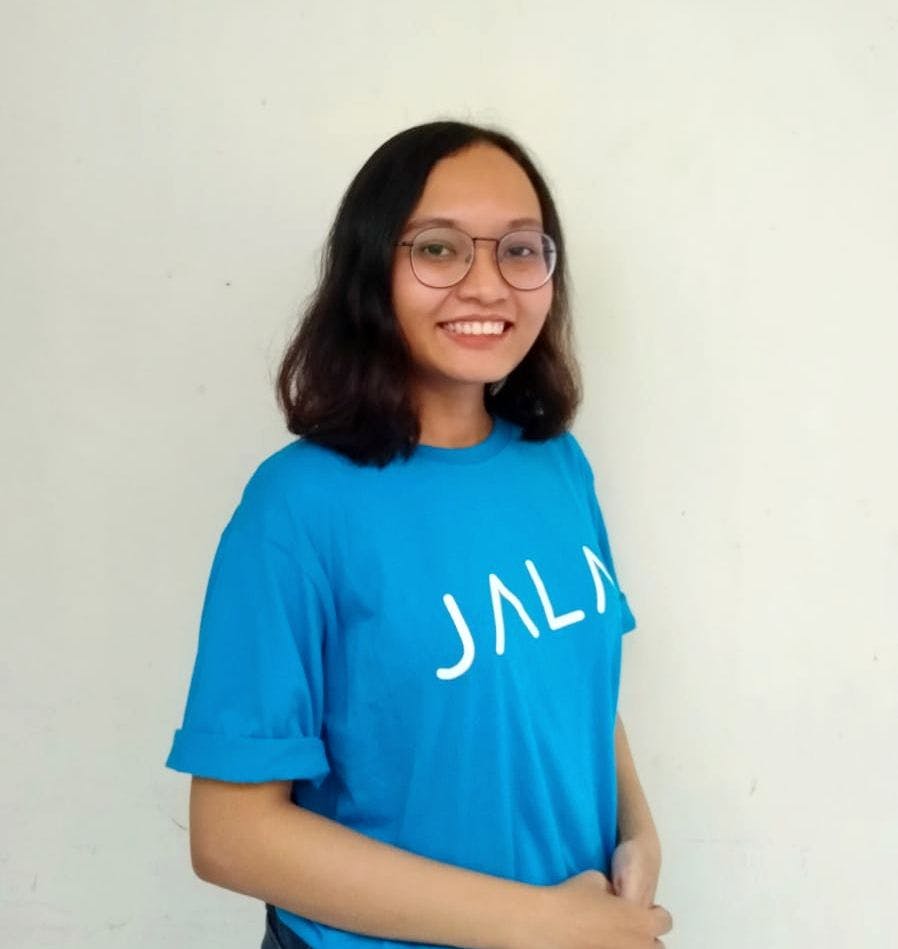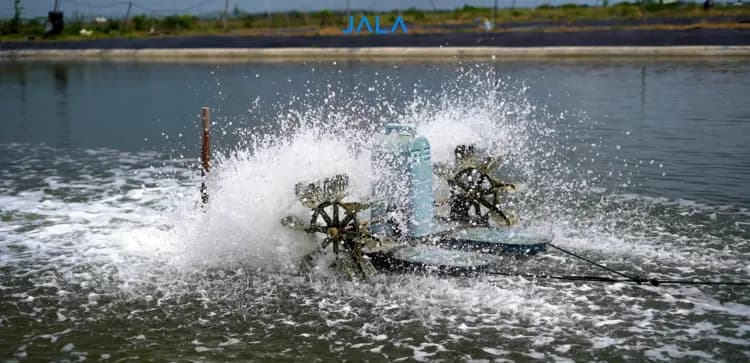
DoC is one of the commonly encountered terms in shrimp cultivation. Understanding DoC is important as it is a basis for cultivation and affects shrimp feed management. What is DoC in shrimp cultivation? Check out the full explanation in this article!
Getting to Know DoC in Shrimp Cultivation
Day of culture or shrimp DoC is the length of cultivation which serves as a basis for cultivation, commonly calculated after stocking in days.
DoC is an important scale to evaluate various cultivation parameters such as ABW estimation, size, biomass, SR, and so on.
What Happens during Early DoC?
At DoC 0-30, shrimp begin acclimatization or adjustment to the new environment. This process includes adjustments to temperature, dissolved oxygen (DO), and salinity. This change in environment from the hatchery to the cultivation pond sometimes causes shrimp to be easily stressed. Shrimp's appetite will decrease when they are under stress.
Decreased appetite will make shrimp susceptible to disease, including EMS which is still related to AHPND. EMS typically infect shrimp in DoC 0-30. When 30 days have passed and the shrimp shows no signs of symptoms, it is likely that the shrimp are not infected by EMS.
Shrimp also molt more frequently at DoC 0-30 than in the following days. This is because molting tends to occur between 2 and 6 weeks at the beginning of cultivation. Molting itself is a sign of stress in shrimp, hence farmers have to watch out for it.
In terms of feed management, farmers typically still implement blind feeding at DoC 0-30. It is a feeding method that relies more on the availability of natural feed in the pond instead of a feeding program. Therefore, the daily feeding is lower in the first 30 days than after 30 days, causing the increase in feeding rate to be low as well.
Overcoming the Vulnerable Period of Cultivation (DoC 0-30)
DoC 0-30 is considered the vulnerable period of cultivation, hence farmers should pay closer attention during this period. Here are several actions that farmers can take to overcome this:
1. Implement biosecurity
There is no denying that biosecurity is a crucial measure in shrimp cultivation, especially in the early stages of cultivation. Biosecurity helps prevent the entry of disease germs, prevents their spread in ponds, and lowers the risk of disease-related losses. By implementing biosecurity, shrimp can grow healthily and be resistant to disease in the vulnerable period of cultivation.
Read more: The Application of Biosecurity in Shrimp Farms: Cleaning and Sterilization
2. Pay attention to natural feed management
Shrimp feeding must involve one aspect named feeding rate that depends on the weight of the shrimp (Supono, 2019). In the first 30 days of cultivation, shrimp need more natural feed, such as phytoplankton or zooplankton, to grow. According to Putri et al. (2020), both are crucial in fulfilling shrimp nutrition at the early stage of their lives.
Read more: Achieving Efficient Shrimp Farming: Pay Attention to FCR
3. Monitor the physical condition and behavior of shrimp
During the vulnerable period, farmers need to monitor shrimp’s physical condition by checking the feeding tray. Checking can be done at DoC 15 or 20 because shrimp are still very small in the days prior to DoC 15-20. Apart from checking physical condition, farmers also need to monitor shrimp behavior, including shrimp movements, eating habits, and level of stress.
By monitoring these aspects, farmers can detect abnormal symptoms and start the mitigation as soon as possible. Especially considering that shrimp are prone to stress and disease at DoC 0-30.
4. Maintain water quality
Water quality is one of the success determinants of cultivation hence it must be managed as well as possible. This is not limited to the quality of water for cultivation, but also the quality of source water, whether from drilled wells or from the sea. The physical, chemical and biological parameters of the water must remain within the ideal range so that the shrimp can grow healthily from the beginning of cultivation.
The ideal range of water quality parameters can be referred from this table: </span></p>
| Parameter | Ideal range |
| Temperature | 26-32oC |
| Salinity | 15-30 ppt |
| pH | 7,5-8,5 |
| Dissolved oxygen | >4 ppm |
| Alkalinity | 100-150 ppm |
| Brightness | 30-50 cm |
5. Conduct sampling
To determine performance in the first 30 days of cultivation, farmers need to do sampling. The first sampling can be done at DoC 30 to 40. The first sampling benchmark is if the shrimp have reached size 300 or have a weight of 3 grams per head.
Conclusion
Day of Culture or DoC of shrimp refers to the duration of cultivation after stocking, measured in days. DoC 0-30 is considered a vulnerable period in cultivation. To ensure successful cultivation through this period, farmers need to implement biosecurity measures, monitor feed management, observe the condition and behavior of shrimp, and maintain water quality. Additionally, farmers also need to conduct sampling.
Even though DoC 0-30 is the vulnerable period of cultivation, this does not imply that the next DoC is unimportant and can be disregarded. All shrimp cultivation stages require high competence of proper management. It is very important for farmers to implement sustainable productive cultivation to achieve the best outcomes.
Furthermore, it's crucial for farmers to regularly record cultivation data to understand the progress in their ponds. JALA App is #HeretoHelp farmers record more than 40 cultivation parameters to make the best decisions according to actual conditions. This way, farmers can continue implementing productive and sustainable cultivation practices to maximize future yields.
Haven’t joined JALA App? Register now at app.jala.tech or download the mobile version on Google Play Store or App Store!





